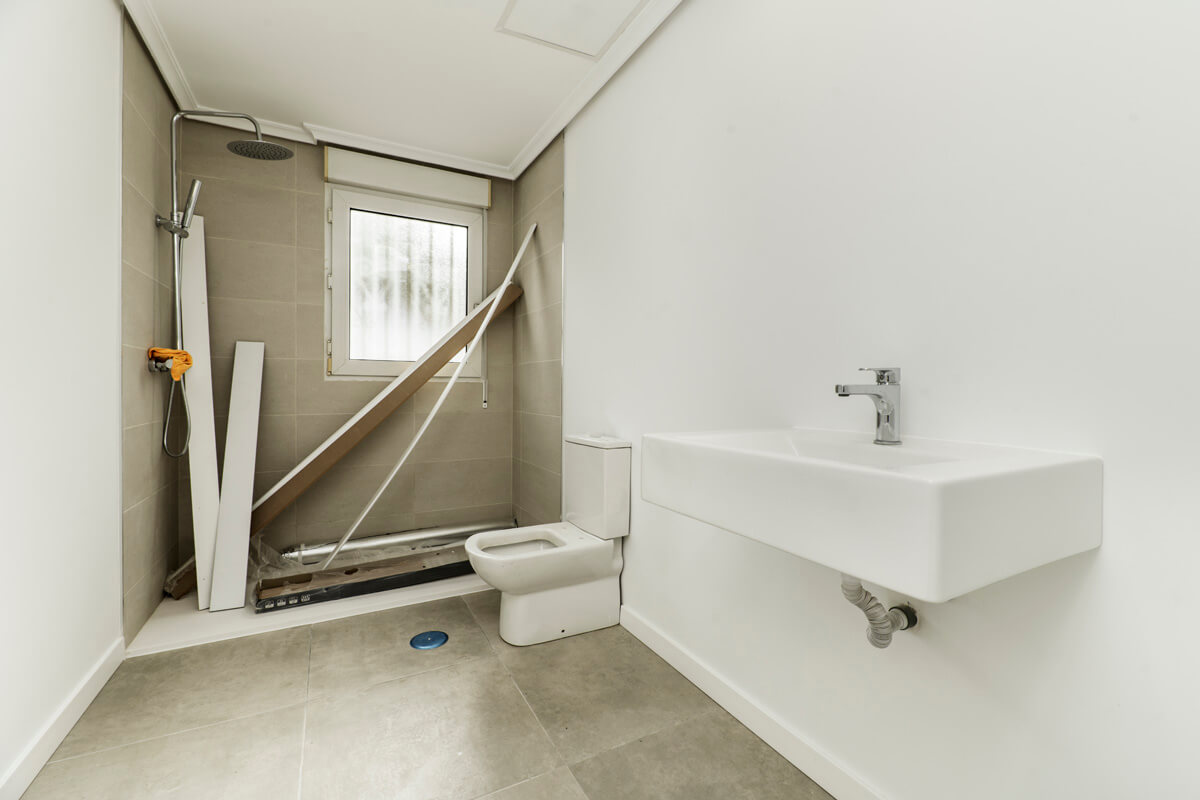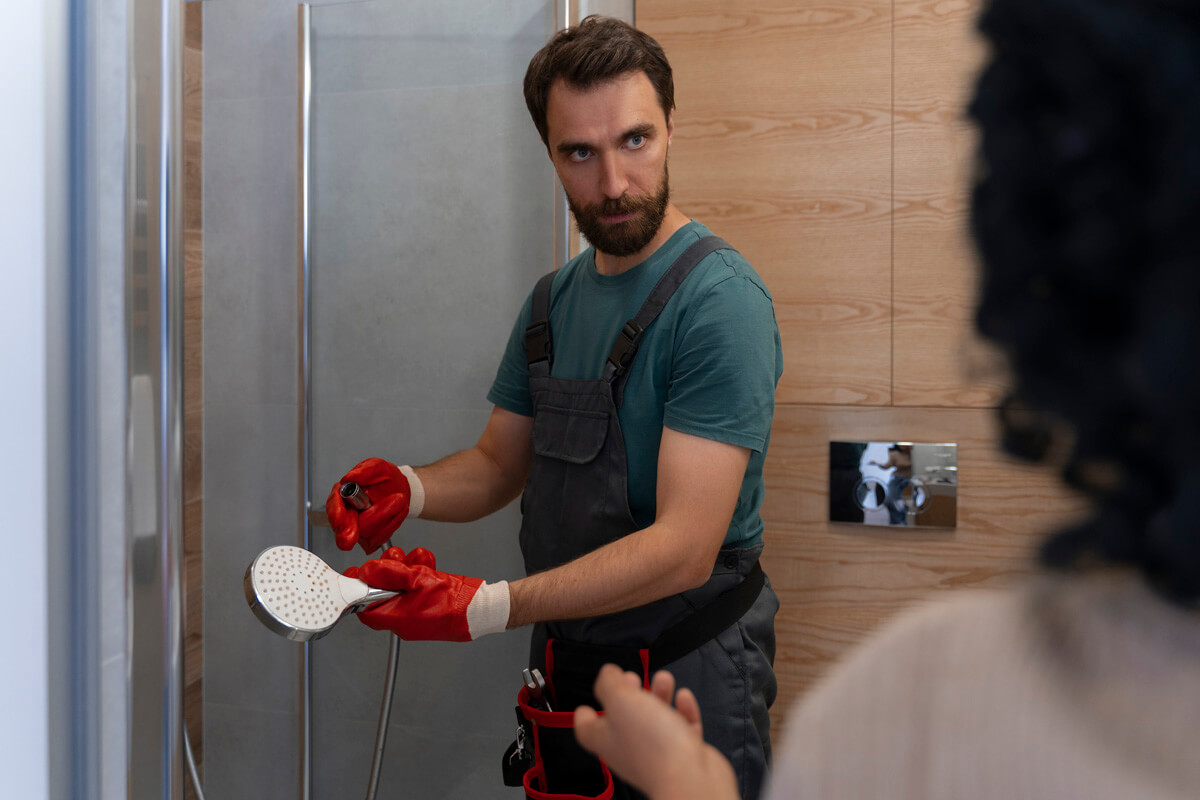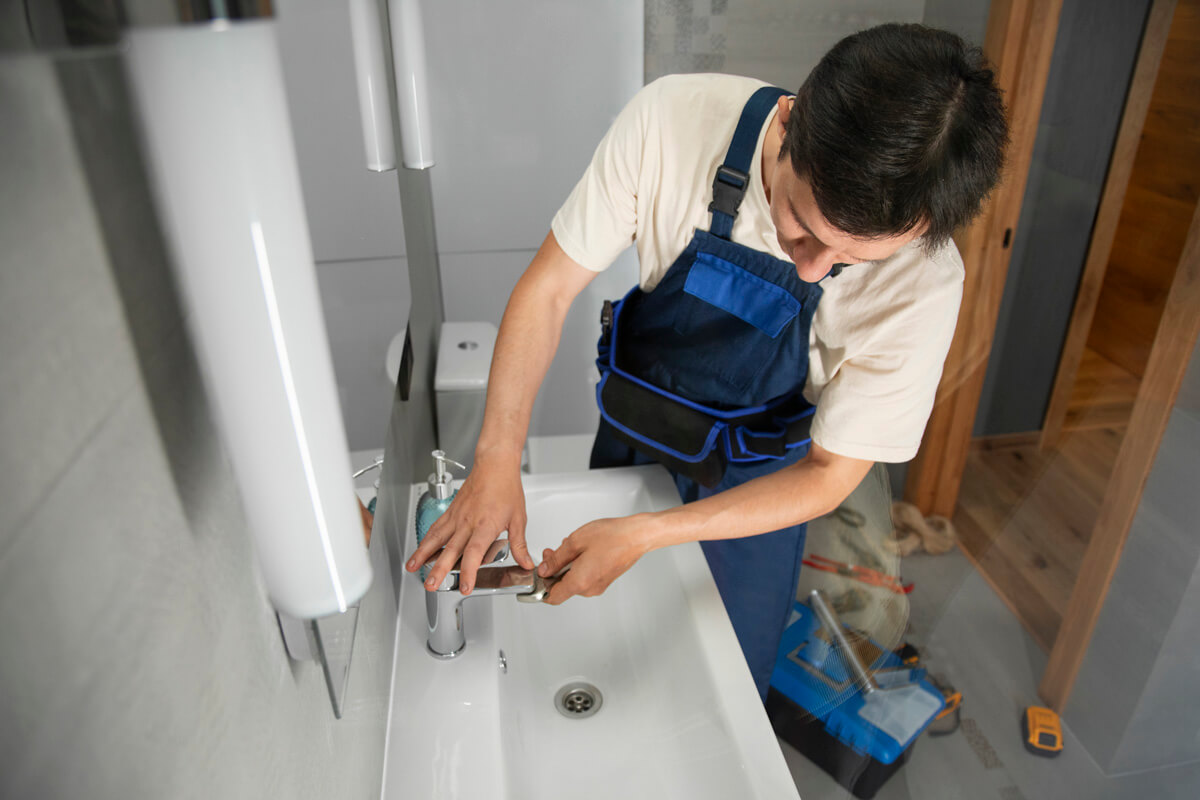Published: September 26th, 2025
For certain tasks, permits are required. Some people consider this unnecessary, but in reality, a permit confirms that the project complies with the law and current standards, protecting the homeowner from financial and legal problems.
To remodel a bathroom without breaking the law and to achieve the desired results, contact Artos in Charlotte.
Bathroom Remodel Permits: What You Need to Know
A permit is proof that changes to plumbing, the structure of the room, or electrical wiring are legal and meet safety standards. Inspections are an important part of renovation. They inevitably increase both financial and time costs, so it’s important to understand their necessity in order to optimize the schedule and budget.
Lack of the required permit documentation can lead to higher expenses, delays, fines, difficulties with selling the property, and safety risks during future use of the space.
The requirements may vary depending on location and other factors. To determine whether permits are needed, you should:
- Prepare a detailed work plan.
- Submit the plan for review to the local building authority — the city’s Department of Building.
There is no definitive list of tasks that always require permits. For clarity, below we’ll outline several categories of updates and modifications.

Types of Permits
Depending on the nature of a bathroom remodel, permits fall into the following categories:
- Structural permits — for changes to the structure or layout of the room.
- Plumbing permits — for installing and connecting new plumbing fixtures, or modifying, upgrading, or reworking an existing system.
- Electrical permits — for altering the configuration of existing wiring or connecting electrical appliances.
- Building permits — for installing a ventilation system or making changes to utility networks such as heating or air conditioning.
Work That Usually Requires Permits
This list includes:
- building new structures;
- adding extensions;
- structural changes — such as modifying the floor or ceiling structure, or demolishing a load-bearing wall;
- relocating drainage lines or water supply pipes;
- moving or installing doors, skylights, or windows;
- sewer-related work;
- electrical work — such as installing outlets, switches, appliances, or new electrical circuits;
- replacing a water heater;
- making changes to air purification, heating, ventilation, or air conditioning systems;
- work involving gas appliances, lines, or fittings.

Work That Sometimes Requires Permits
This list includes:
- replacing switches, electrical devices, or outlets;
- replacing a toilet, sink, shower cabin, or bathtub;
- replacing a faucet;
- relocating non-load-bearing walls.
To confirm whether these activities require licensing, check with the local building authority.
Work That Does Not Require Permits
This list includes:
- replacing windows or doors while keeping them in the same location (no wall changes involved);
- installing a new showerhead;
- wall finishes — such as wallpapering or painting;
- installing countertops, new cabinets, or other furniture;
- laying finishing materials — such as laminate, tile, or vinyl flooring.

Permit Application Process
To request a permit, you need to complete the following steps:
- Do your research. Review the building codes and regulations in your area. They are often published on the official website of the state, county, or city.
- Gather documents. This includes drawings and detailed plans. It’s best to prepare this documentation with the help of a specialist.
- Submit the application. The request can usually be filed online or in person at the local building department.
- Undergo inspections. Approved work is inspected once or several times — during the process and after completion.

Consequences of Not Having the Required Permits
If work is carried out without approval from the authorized government agencies, the owner of a bathroom remodeled illegally may face several consequences once the violation is discovered:
- Fines. Penalties imposed by local authorities. Payment of the fine is mandatory.
- Corrections. The homeowner must fix the identified violations, which leads to significant additional expenses and takes considerable time and effort.
- Safety risks. Work performed outside the law is very likely to fail to meet requirements or accepted standards. For example, an improperly installed bathtub may be unstable, unable to bear weight, and could injure the person using it. Errors in electrical wiring installation often result in short circuits and even fires.
Complications when selling property. Illegal remodeling can slow down or complicate the evaluation process for potential buyers or realtors. There is also a high chance of deals being canceled once the illegality of the renovation is revealed.
